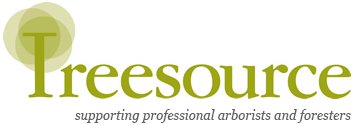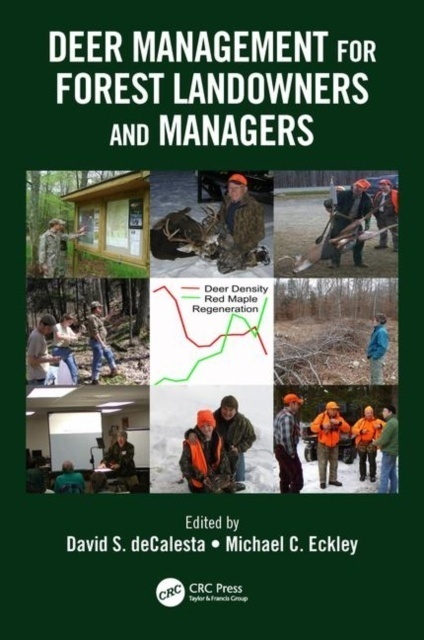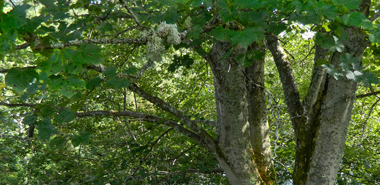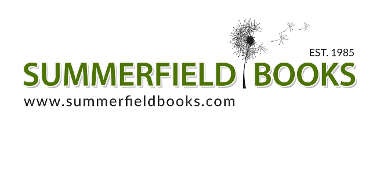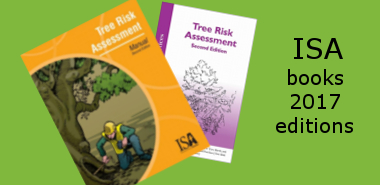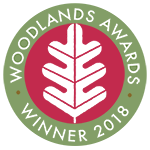| Paperback | |
| 396 Pages | |
| h254mm x w178mm | |
| 18 Tables | |
| 96 Illustrations |
Deer Management for Forest Landowners and Managers
£49.95This book is designed to help landowners and forestry professionals develop, implement, and monitor programs to manage both deer and forests with emphasis on resolving deer impact issues. Chapters cover management strategies through identifying and setting goals; managing deer populations and deer impact on land; economics of forest, deer, and impact management; human dimensions of deer management; and developing and implementing integrated management plans. The book presents an integrated, quantitative approach for managing deer populations and impacts so users can manage forest resources sustainably.
Contents: Section 1 - Ecological and Human Factors Chapter 2 - Autecology: Weather, Forest Type, and Habitat Chapter 3 - Autecology: Landscape and Temporal Dimensions Chapter 4 - Autecology: Social Structure and Landscape Use Chapter 5 - Autecology: Reproduction and Recruitment Chapter 6 - Synecology: Predation Chapter 7 - Synecology: Parasites and Diseases Chapter 8 - Synecology: Deer and Plant and Animal Communities Chapter 9 - Human Factors: Hunters and Hunting Chapter 10 - Human Factors: Science, Values, and Stakeholders Chapter 11 - Human Factors: Deer/Forest Management Areas vs Deer Management Units Chapter 12 - Human Factors: Landscape, Politics and Regulation Chapter 13 - Deer and Silviculture Chapter 14 - National and Regional Perspectives on Deer Management Chapter 15 - Deer Density, Carrying Capacity, and Impact on Forest Resources Section II -Planning and Assessment Chapter 16 - Goals and Objectives Chapter 17 - Monitoring Chapter 18 - Deer Checking Stations Chapter 19 - Financial and Human Resources Section III - Managing Ecological and Human Factors Chapter 20 - Reducing Deer Impact Chapter 21 - Managing Vegetation and Habitat with Silviculture Chapter 22 - Communicating with and Educating Stakeholders Chapter 23 - Managing Hunters: The Four Rs Chapter 24 - Managing Access and Antlerless Permits Chapter 25 - Integrating Ecological and Human Factors in Deer Management Chapter 26 - Adaptive Management Section IV - Special Cases Chapter 27 - Quality Deer Management Chapter 28 - Small Woodlot Owners Chapter 29 - Lease Hunting Chapter 30 - Landscapes Closed to Deer Hunting-Forested Public Lands and Residential Developments Special Case Chapter 31 - Deer Cooperatives Section V - Case Histories Chapter 32 - Timberline Farms/Hyma Devore Lumber - The Power of Education Chapter 33 - The West Branch Forest Preserve - Whittling Away at the Smorgasbord Chapter 34 - The Kinzua Quality Deer Cooperative -Integrating Ownerships and Goals Chapter 35 - Ward Pound Ridge Reservation Park - Convincing the Decision-makers Chapter 36 - The Mianus River Gorge - Incremental Adaptive Management Chapter 37 - Restoring the Forests of Hemlock Farms - Educate, Educate, Educate Chapter 38 - The Hamilton Small Woodlot -Managing Deer and Forests for Sustainable Outputs Chapter 39 - The Brubaker Small Woodlot - Innovative Management of Deer Forage and Harvest Chapter 40 - Competing Interests - Forest Regeneration (QDM) vs. Increased Deer Abundance Appendices Appendix 1. Protocol for Estimating Deer Density by Pellet Group Counts, Deer Impact, and Deciduous and Coniferous Canopy Closure Appendix 2. Protocol for Ageing Deer by Tooth Wear and Eruption
Author Biography: David S. deCalesta received a BA in psychology from Dartmouth College, and M.S. and Ph.D. degrees in wildlife ecology from Colorado State University. He began a life-long study of deer with a Ph.D. thesis on mule deer nutrition and physiology in 1970. Much of his work as Extension Wildlife Specialist and university teacher and researcher in Zoology (North Carolina State University) and Wildlife Ecology and Forest Science (Oregon State University) focused on deer (mule, black-tailed, and white-tailed) interactions with forest vegetation and wildlife communities. His work as a research wildlife biologist with the USDA Forest Service featured interactions between white-tailed deer and forest plant and animal communities. He spent the last third of his career as a wildlife consultant and forest certification specialist (Forest Stewardship Council and Sustainable Forestry Initiative), primarily working with deer-forest interactions on forest ownerships ranging from dozens to thousands of ha on private and public forestlands, including state parks and forests and National Forests. With Timothy Pierson, he coordinated the activities of the Kinzua Quality Deer Cooperative, which demonstrated how public hunting could be managed to reduce deer density and impact to levels enhancing diversity and sustainability of forest products and wildlife and vegetative communities. Michael C. Eckley received a B.S. in Forest Resources Management with a minor in Communications from West Virginia University and an M.S. in Forestry at the University of Maine-Orono. His career has centered on eastern hardwood forest management and assisting private land ownerships throughout the eastern United States. Much of his time is devoted to outreach and education along with specialization in assessing forest conditions, planning, and promoting responsible forestry practices. Mike is a Society of American Foresters (SAF) Certified Forester and is currently employed by The Nature Conservancy, serving as their Forestry Manager for the Working Woodlands Program (www.nature.org/workingwoodlands).
Stock: - Not yet published. Available to pre-order
Publisher: - CRC Press - more
Code: - 9781466580169
Year: - 2019 05 (May)
Authors: - David S DeCalesta, Michael C Eckley
